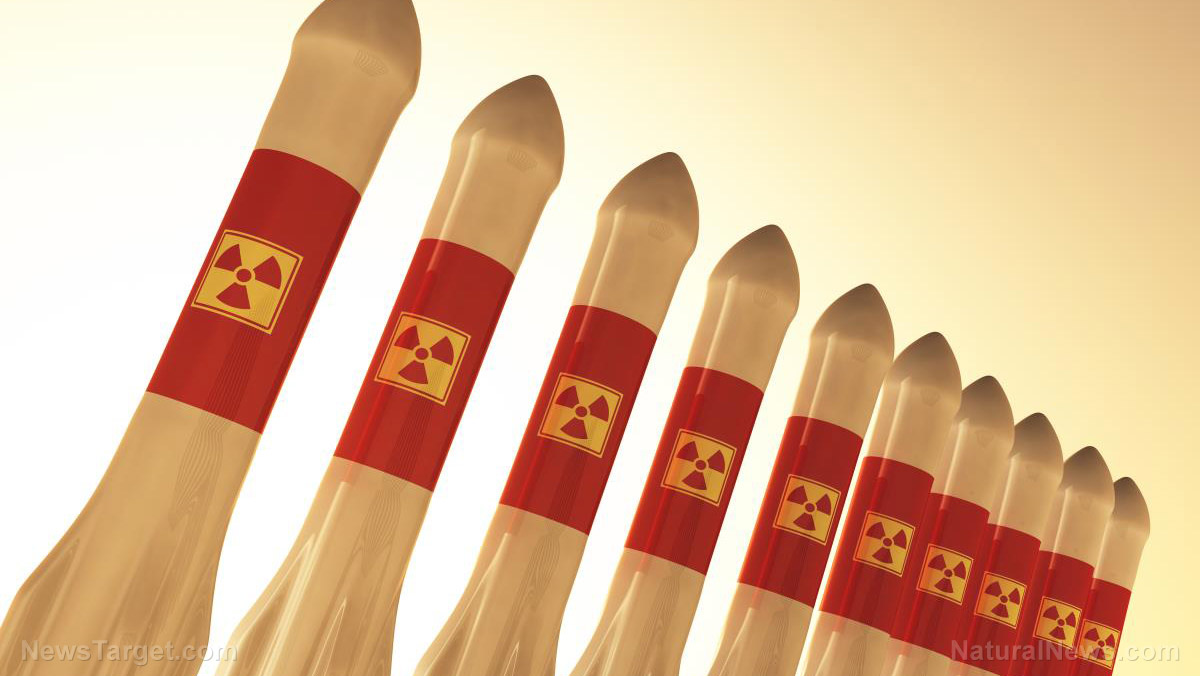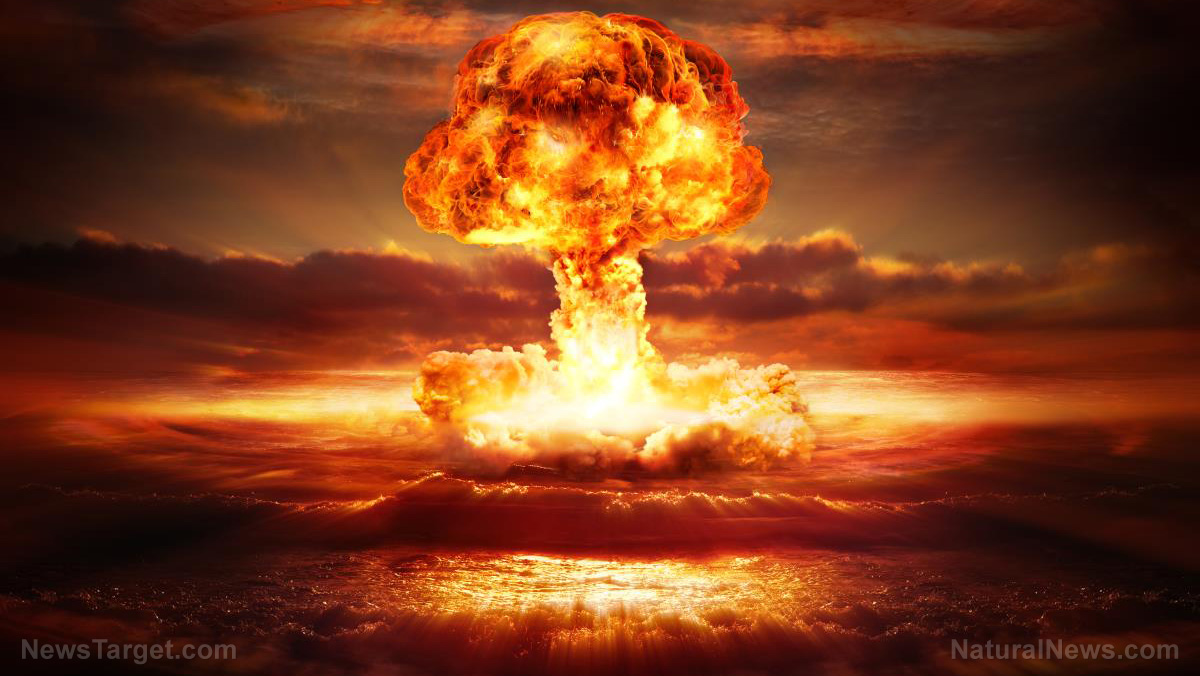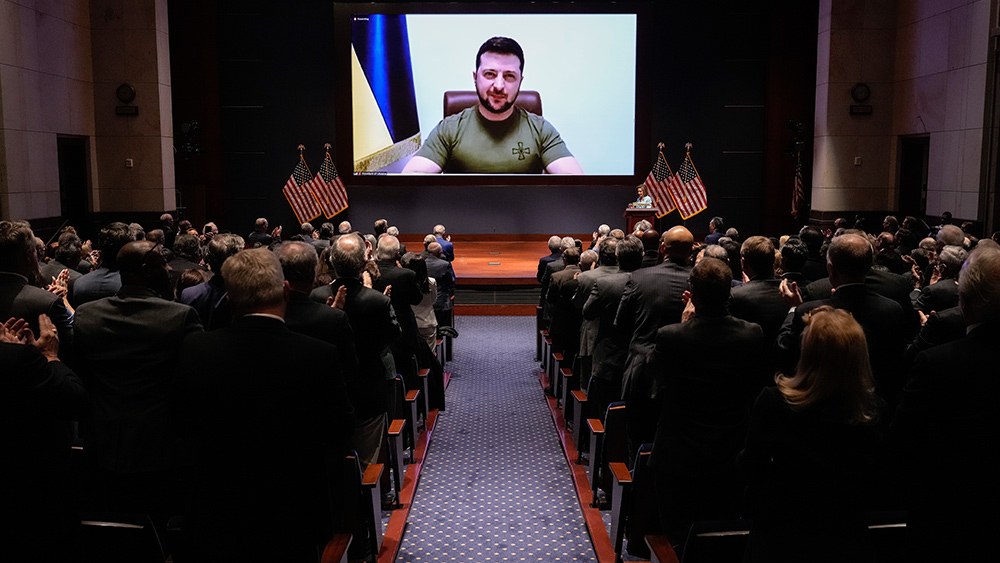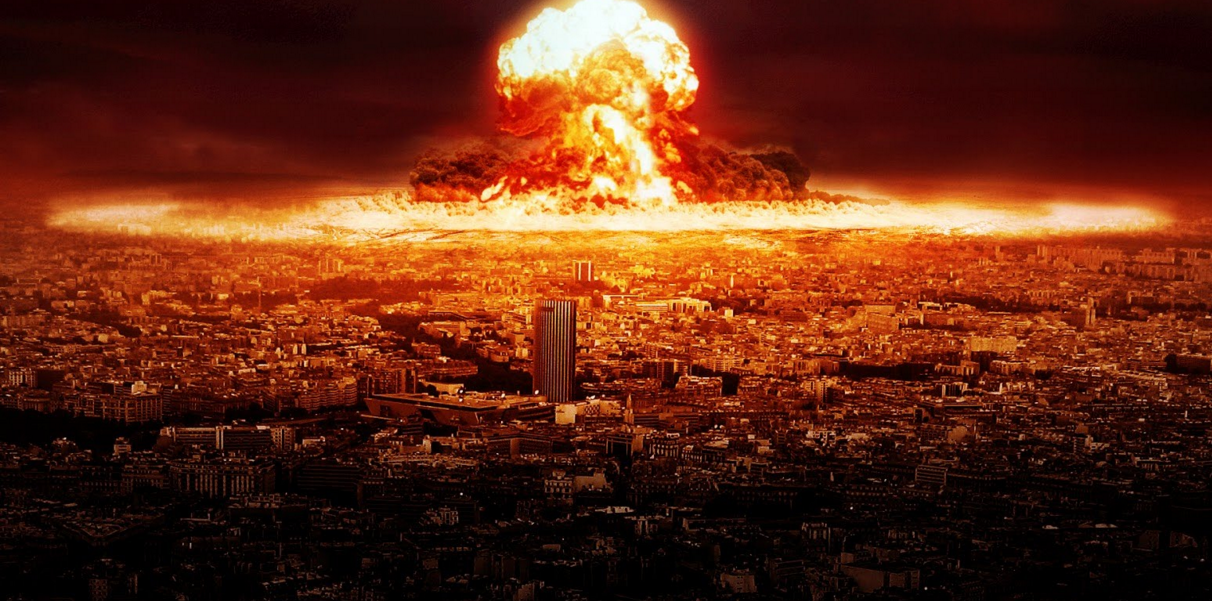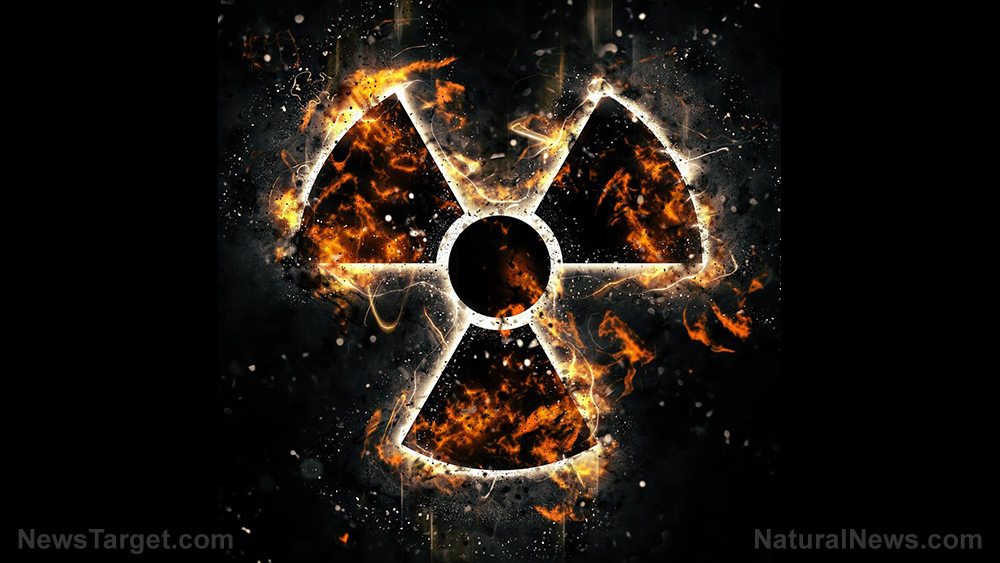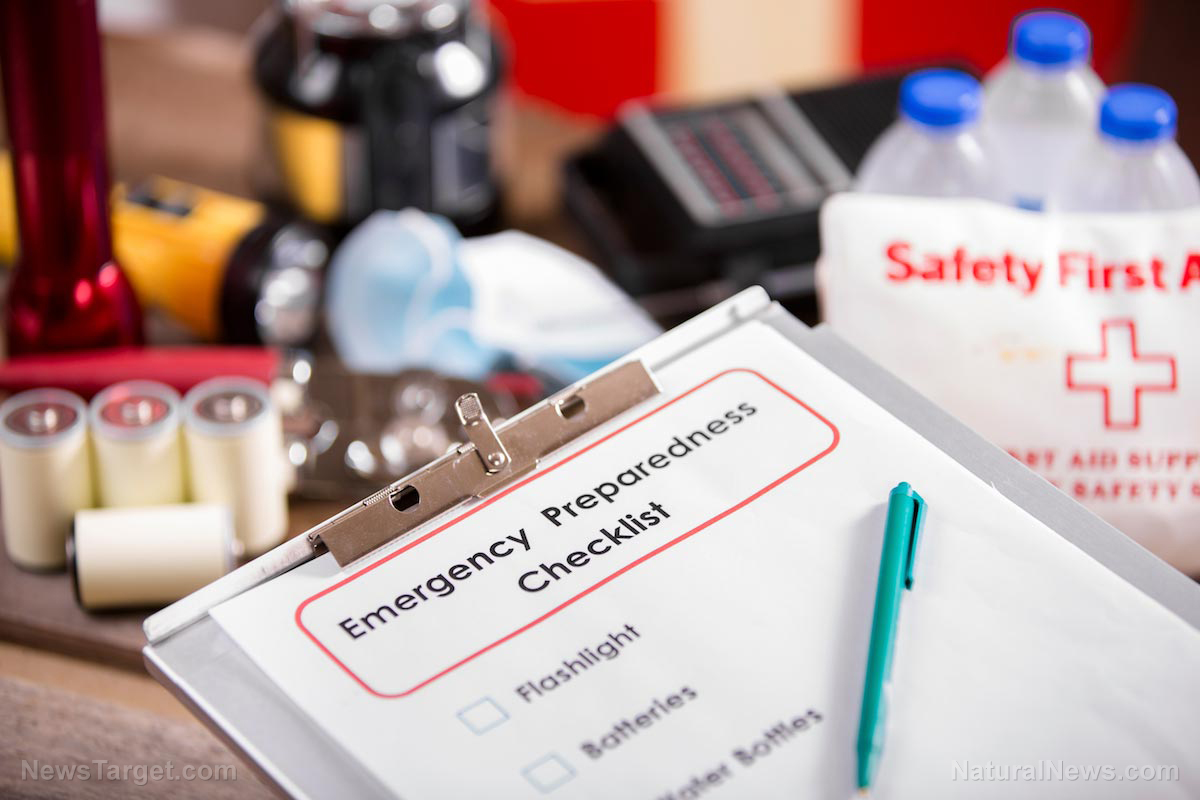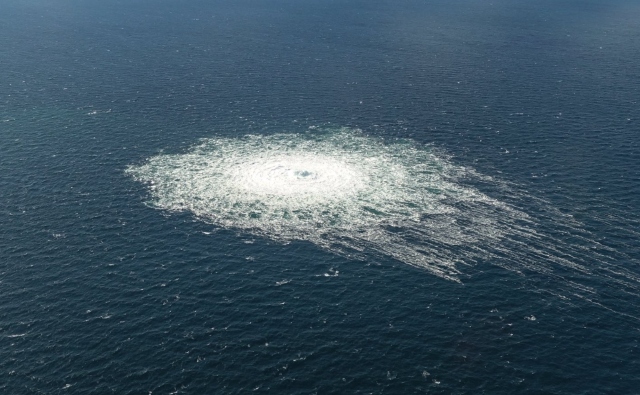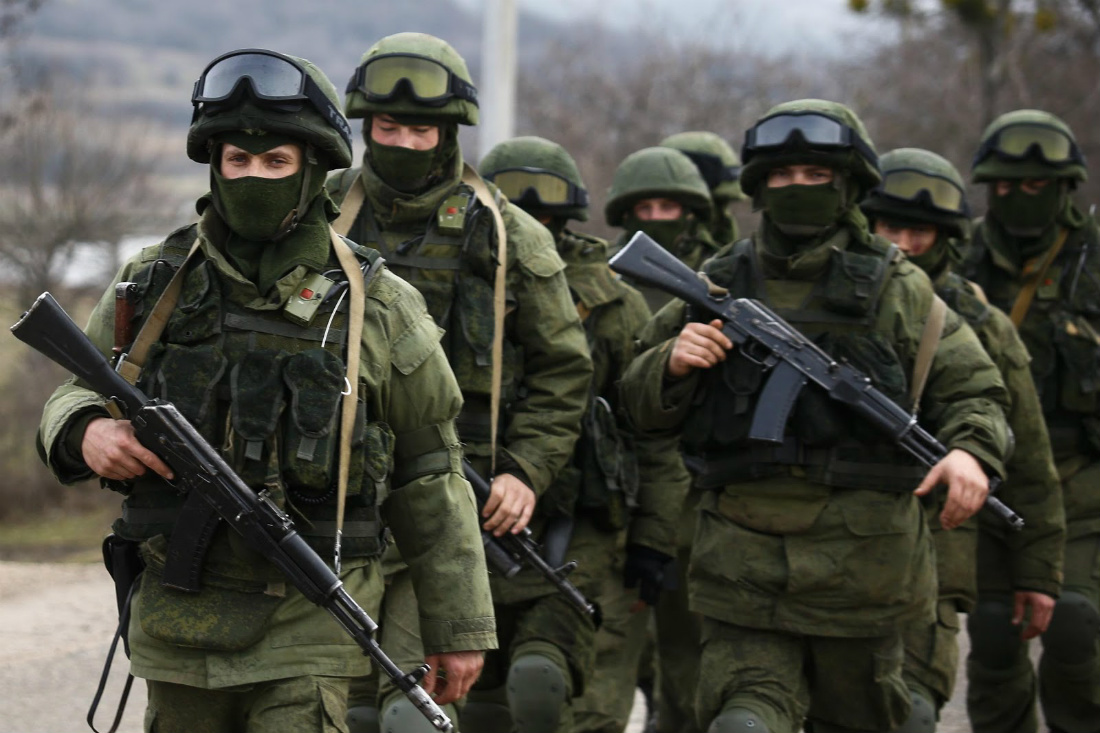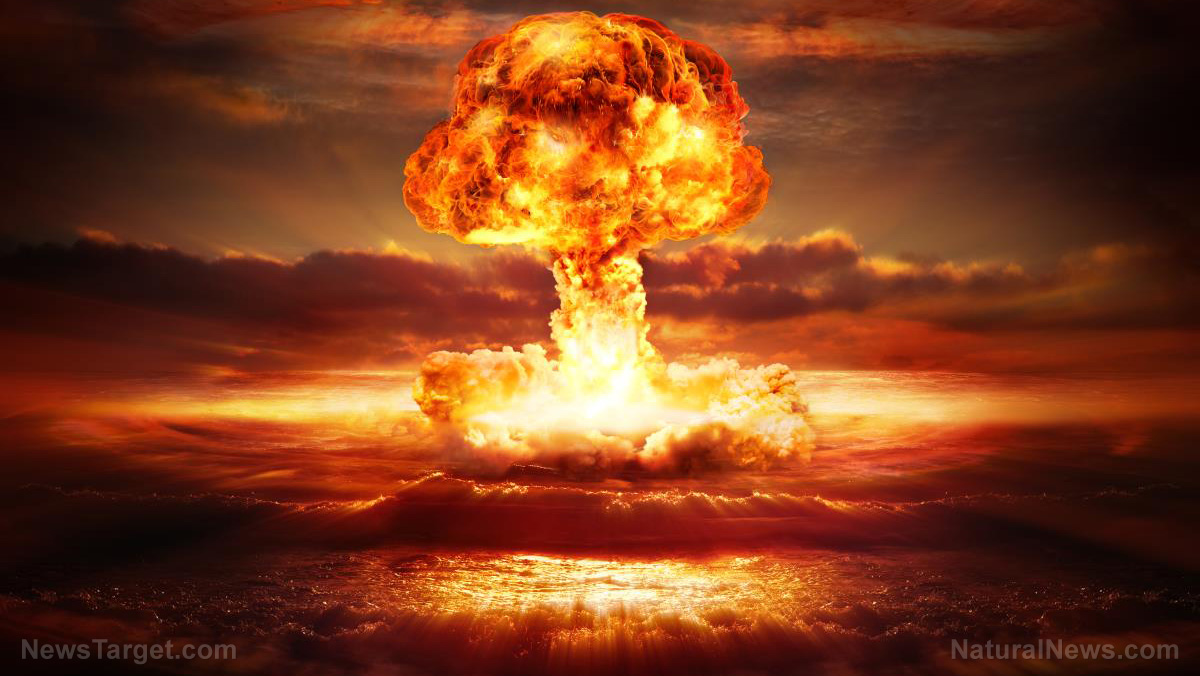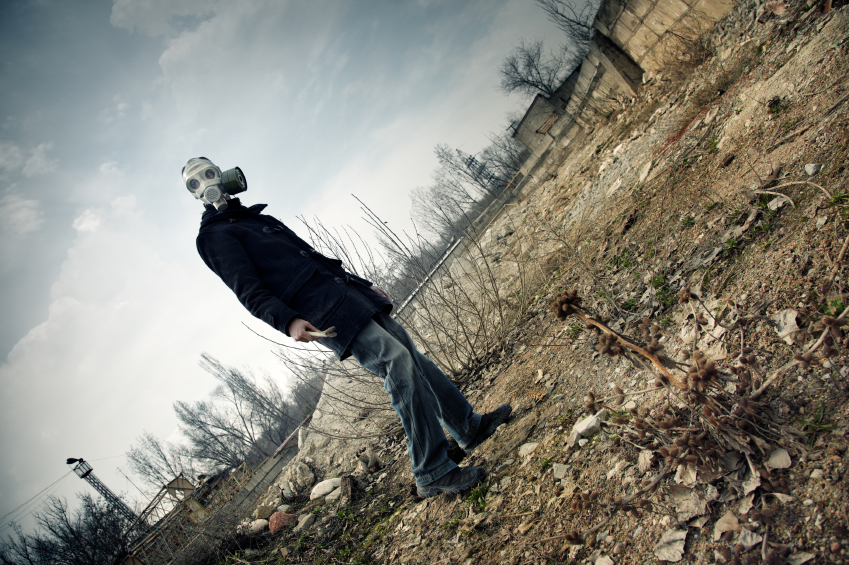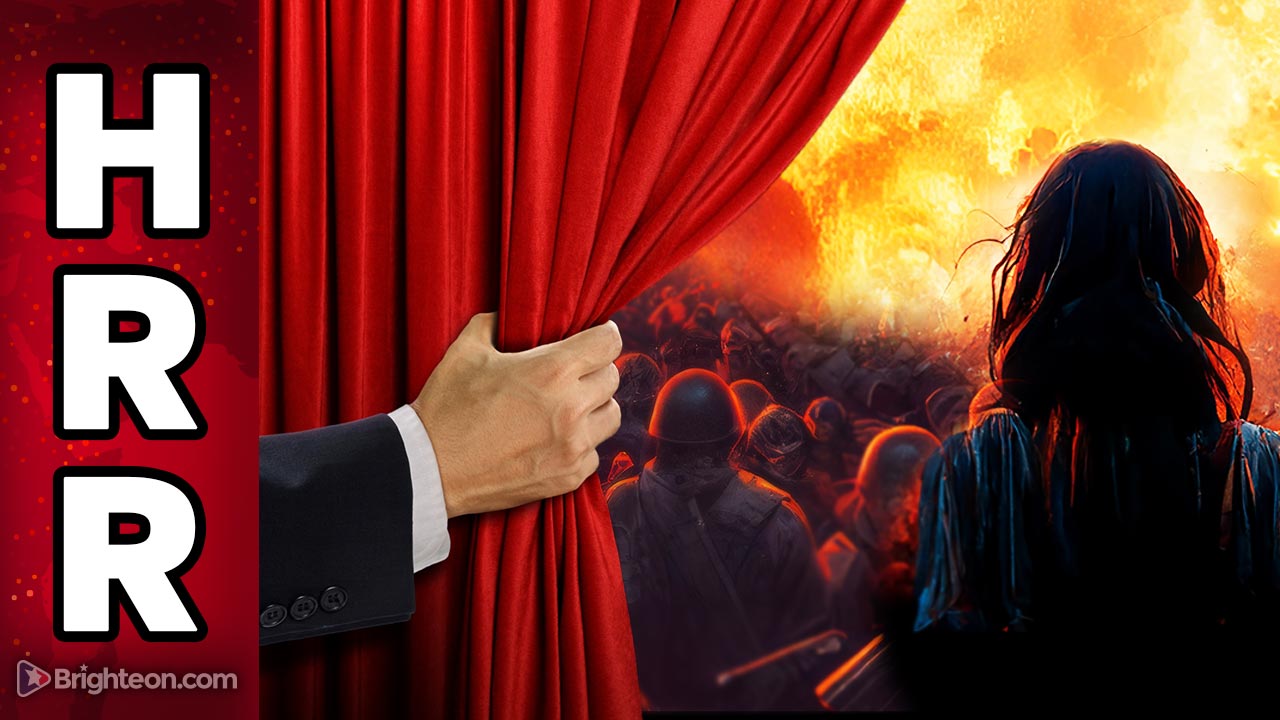Survival 101: What to do after a nuclear blast
10/19/2022 / By Zoey Sky

Some people may think that a nuclear blast means the end of the world. But when this actually happens, most people would likely survive the blast itself.
To boost your chances of long-term survival, you need to start preparing once you get a warning about impending nuclear war. (h/t to AskAPrepper.com)
Once you get a warning that a nuclear attack is coming, you first need to find the safest place you can. If you are at home, run to your nuclear shelter, like a bunker or a fallout room with an inner refuge.
If you’re not at home, find shelter as quickly as you can. Head for a basement, subway station or tunnel. An inside room in a sturdy building is also a good option.
If you are stuck outdoors, look for ditches or culverts to shelter in. Avoid trees, bridges or anything that might fall after the blast. (Related: Survival 101: Preparing for a nuclear emergency.)
If you’re caught in open ground, stand there, wait and be ready to carry out the Nuclear Immediate Action Drill. While you’re waiting, roll down your sleeves and put on a hat if you have one.
The Nuclear Immediate Action drill will help protect you from the following dangers of a nuclear explosion:
Flash (thermal pulse)
A flash or thermal pulse is an intense burst of electromagnetic radiation, including ultraviolet, visible light and infrared radiation. A flash is extremely bright and can last for 10 seconds or longer.
The flash from a nuclear explosion has a characteristic double pulse. It first flares bright, dims for a fraction of a second as the shockwave turns the air to plasma and hides the fireball. Then it flares again, longer and more intensely, while the plasma fades.
The flash has enough energy to cause severe burns or temporary blindness even miles away from the explosion. It can melt steel or instantly vaporize you if you are close enough.
Prompt radiation
A nuclear explosion also sends out a pulse of high-energy gamma rays. This is dangerous within at least one thousand yards.
Unless the blast is caused by a very small weapon, the chances are anyone close enough will be harmed by prompt radiation or will be instantly killed by the thermal pulse.
Blast
As the shockwave expands out from the weapon, it compresses the air in front of it and this creates sudden and very powerful winds.
When the shockwave finally exhausts itself, the atmosphere then rushes back in to equalize the pressure. This then produces a weaker but still dangerous blast wave in the opposite direction.
The immediate action drill itself is very simple, but it must be done as quickly as possible.
Here’s what to do:
- Stand and wait for the flash. Once you see the flash, close your eyes. Turn to face it and get down on the ground as fast as you can.
- Press your body as flat as possible and keep your face on the ground. Tuck your hands under your body to protect them. A burned head is painful but burned hands can be deadly after SHTF.
- Wait for the blast wave to pass over you. Since you turned to face it, your torso will help weigh you down so you don’t get picked up by the sudden wind. Lying flat will also make you a smaller target for any flying debris. Unless the ground is absolutely flat, very little of the debris will be low enough to hit you.
- Once the blast has passed, keep waiting at least a few seconds to three or four minutes after the explosion until the weaker inward blast wave reaches you. This could bring more debris with it, or be powerful enough to pick you up if you stand too soon.
- After the second blast passes you, get up and run if you can to shelter. Don’t stop to help anyone or collect things because the danger isn’t over.
Fallout
Fallout refers to debris that’s been sucked through the weapon’s fireball.
Depending on whether the fireball touched the ground or not, a nuclear explosion can create a couple of hundred pounds to tens of thousands of tons of fallout.
Fallout may look like fine sand, but it’s dangerously radioactive. While fallout can be blown high into the atmosphere and not fall back to earth for weeks, during which its radioactivity will have decayed to only a fraction of what it was. The heavier particles and anything that were thrown out sideways will then come down minutes after the blast.
If you’re at home when the attack happens, stay away from outside walls and the roof. Hide in a room that doesn’t have broken windows or damaged walls.
If all your windows are broken, quickly seal one room with heavy furniture, stacks of books, sandbags, or other dense materials. If you’ve prepared a fallout room, stay in the inner refuge for at least 48 hours and in the fallout room for at least two weeks if you can.
Before SHTF, stock up on the following supplies and materials:
- 30-day supply of food and water for all family members
- Heavy plastic sheeting and tape for covering windows and other openings
- A heat source if the area requires it
- A first aid kit with enough potassium iodide for at least two doses for everyone in the family
- A hazmat suit or respirator that protects against radiation, in case you need to check if it’s safe to go outside
- Lighting such as flashlights or lanterns
- Can openers, knives and other tools for eating and food prep
- A sanitation kit with toilet paper and a way to dispose of human waste
- A radio that does not require electricity
- Extra batteries
- Various forms of entertainment, like board games and books
- Items needed for children and pets if you have any
- Weapons and firearms for self-defense
If you are caught in the open, you need to get as into shelter as soon as possible. If you can get home within five minutes, do that. If this isn’t possible, you can take shelter in the least damaged building you can find.
Cover your nose and mouth with a mask. If you don’t have a mask, use layers of clean, tightly woven cloth. If you can find heavy, waterproof clothing, put it on. Rain boots, gloves and a hat are also ideal.
Check outside. If you can see fallout coming down, go back inside until it stops. Once the fallout stops, get home as quickly as you can but try not to kick up dust.
If you can get a vehicle, turn off the heater and A/C and close the air vents before driving.
Once you get home, remove your clothes before going inside. Leave all contaminated shoes and clothes outside.
Before going into your fallout room, brush your hair thoroughly to remove any dust in it. Next, put on clean clothes.
Hurry and turn off gas and electricity supplies to reduce the risk of fire. If there is still water in the system, fill clean containers and put them in your fallout room. Before SHTF, it’s best to stock up on food and survival gear so you don’t have to go outside.
If your fallout room has taken any damage, weatherproof it so dust doesn’t get in. Don’t spend more than an hour weatherproofing the fallout room. Once you’re done, go to your fallout room and stay there.
Life goes on
After two weeks the fallout’s radioactivity will have decayed to less than one percent of its initial level. This is safe enough that you can leave the fallout room and go outside for short trips, like buying supplies.
After one month, it will be safe enough to travel normally.
Starting over after a nuclear blast may be hard, but if you prepared ahead of time, you have a better chance of surviving after SHTF.
Watch the video below to know more about nuclear war survival skills and tools.
This video is from the SHTFPrepping101 channel on Brighteon.com.
More related stories:
CBRN defense and preparedness: How to be ready for a nuclear emergency.
NYC releases public service announcement about how to respond to a NUCLEAR ATTACK.
Sources include:
Submit a correction >>
Tagged Under:
bug out, collapse, disaster, emergency preparedness, nuclear attack, nuclear survival, nuclear war, off grid, preparedness, prepper, prepping, radiation, SHTF, survival, Survival Tips
This article may contain statements that reflect the opinion of the author
RECENT NEWS & ARTICLES
COPYRIGHT © 2022 NuclearWar.news
All content posted on this site is protected under Free Speech. NuclearWar.news is not responsible for content written by contributing authors. The information on this site is provided for educational and entertainment purposes only. It is not intended as a substitute for professional advice of any kind. NuclearWar.news assumes no responsibility for the use or misuse of this material. All trademarks, registered trademarks and service marks mentioned on this site are the property of their respective owners.



